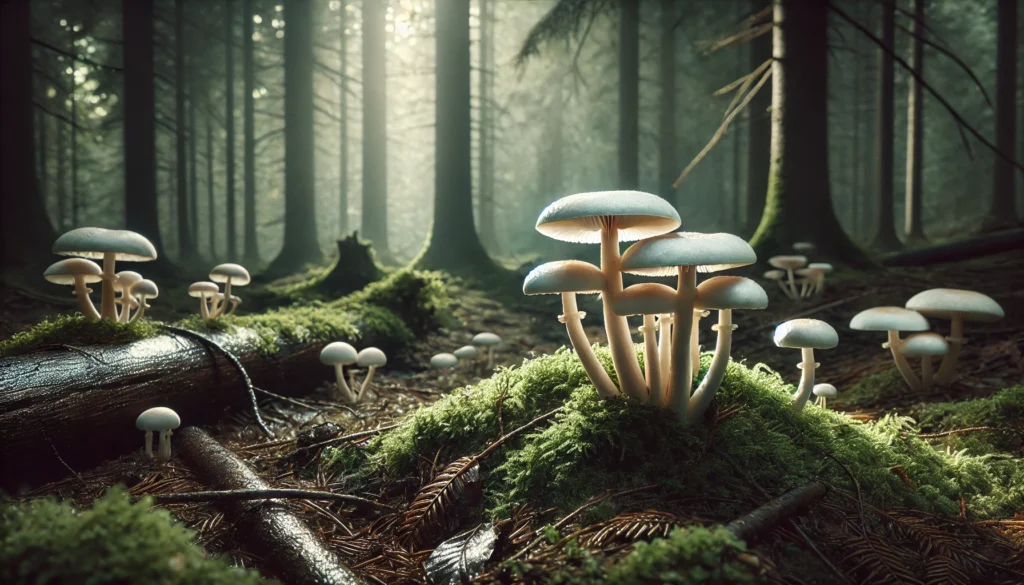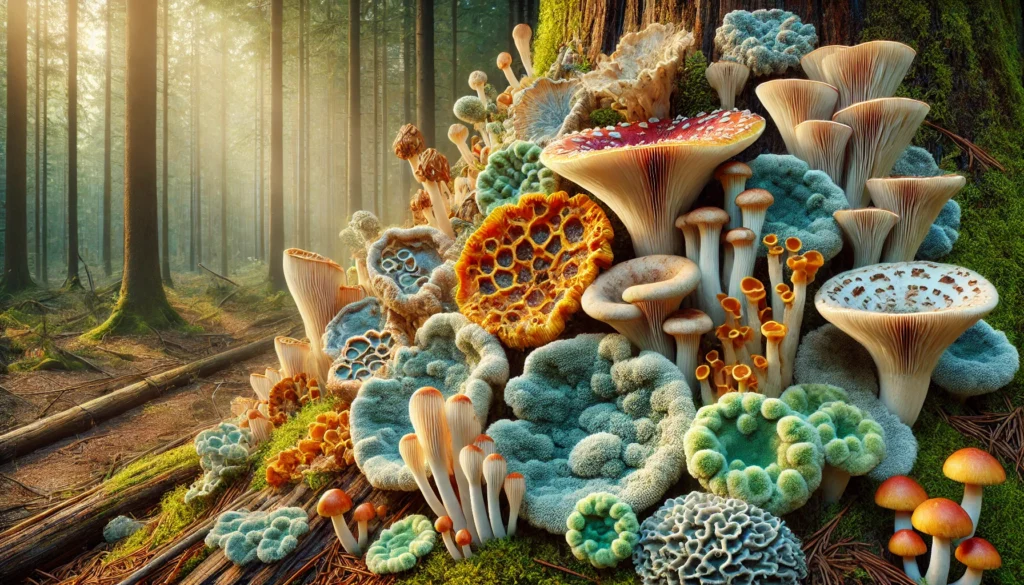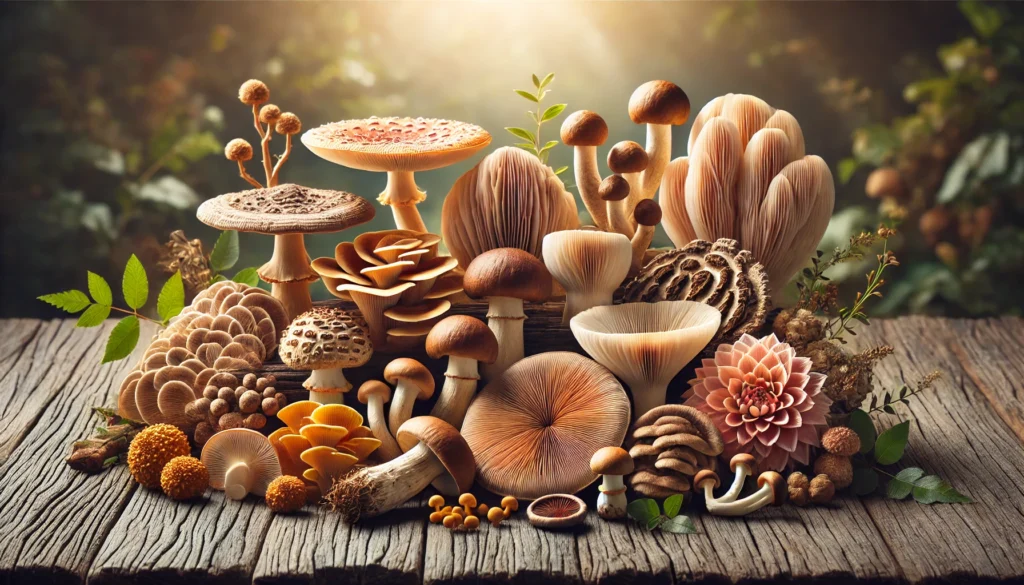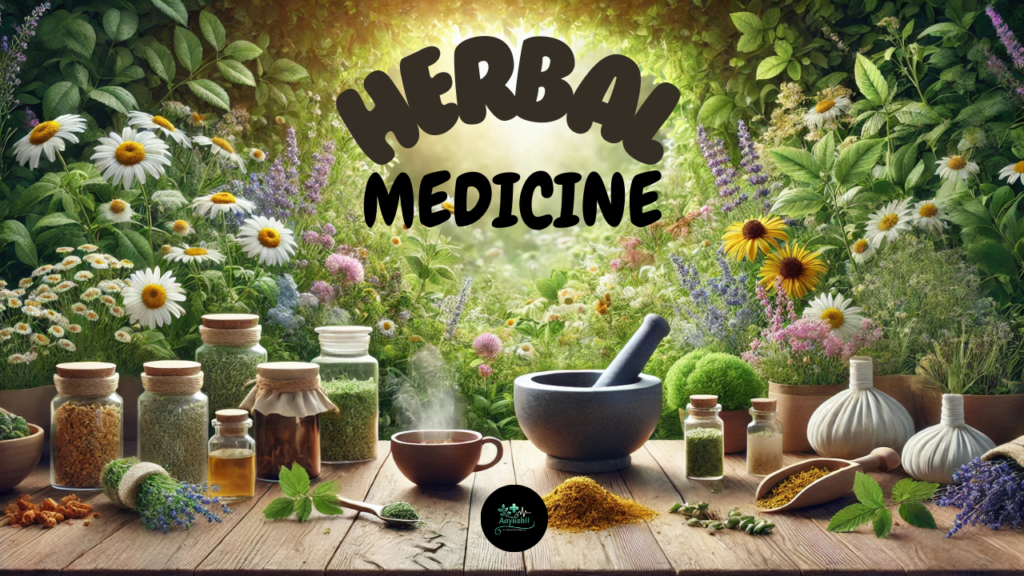Fungi are fascinating organisms that occupy a unique space in the tree of life. While often confused with plants, fungi form their own kingdom and play crucial roles in ecosystems, medicine, food production, and even environmental restoration. This article will take you through what fungi are, their characteristics, their ecological importance, and why they matter to humanity.
What Are Fungi?
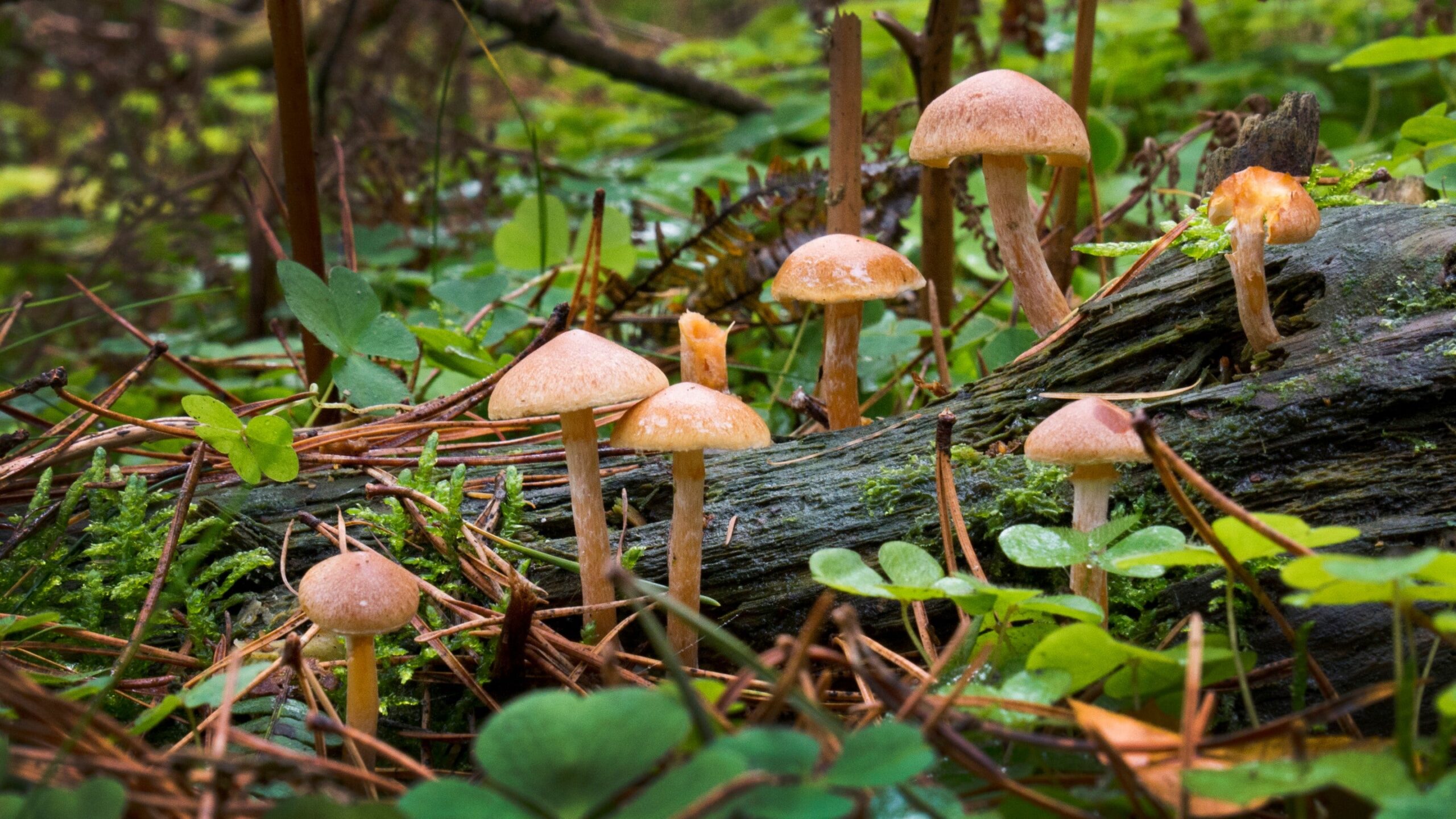
Fungi are eukaryotic organisms (organisms with complex cells) that belong to the Kingdom Fungi. Unlike plants, fungi cannot produce their own food through photosynthesis. Instead, they obtain nutrients by breaking down organic matter, making them vital decomposers in ecosystems.
Key Characteristics of Fungi:
- Cell Walls: Fungi have cell walls made of chitin, a compound also found in the exoskeletons of insects and crustaceans.
- Heterotrophic: Fungi absorb nutrients from their surroundings, often by secreting enzymes to break down complex organic materials.
- Growth Forms: They can grow as single cells (yeasts) or multicellular structures (molds and mushrooms).
Fungi vs. Plants and Animals
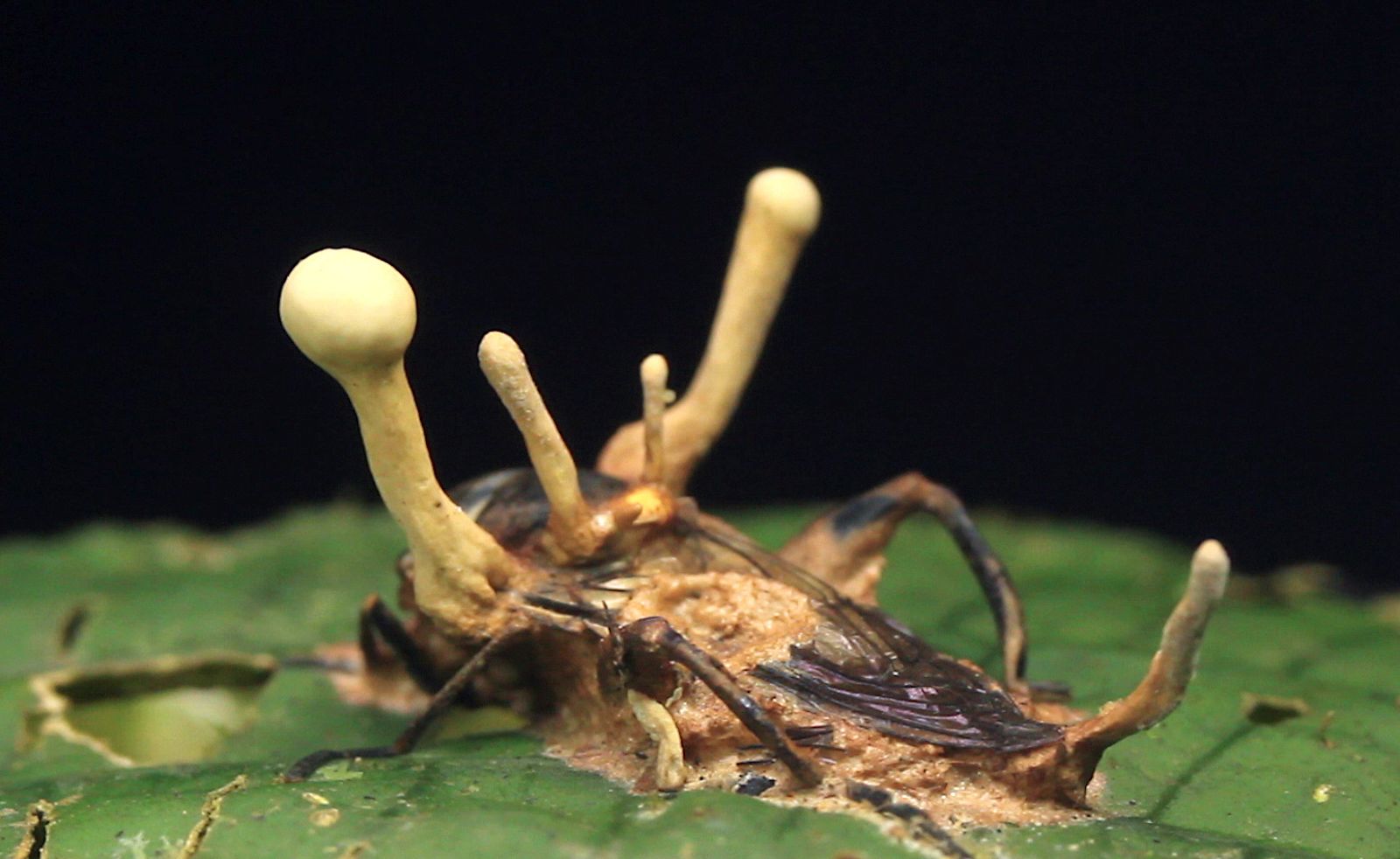
Fungi were once classified as plants due to their immobile nature, but they are more closely related to animals. Here are the key differences:
- Energy Source: Unlike plants, fungi lack chlorophyll and do not photosynthesize.
- Digestive Process: Unlike animals, fungi digest food externally by releasing enzymes and then absorbing the nutrients.
- Structure: Fungi’s cell walls are made of chitin, while plants have cellulose-based walls.
Types of Fungi
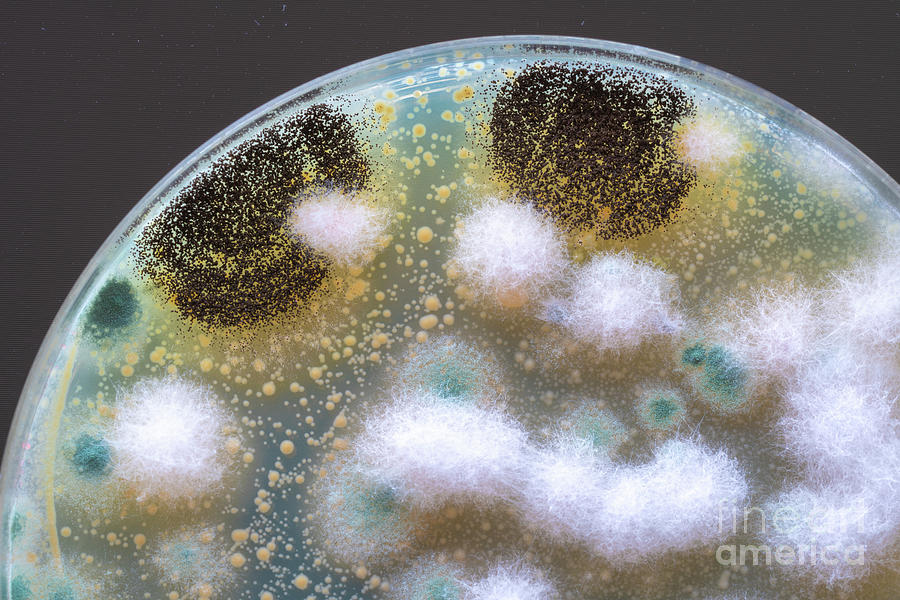
Fungi come in various forms, each with unique characteristics and roles:
- Mushrooms: The reproductive structures of certain fungi, mushrooms are commonly found in forests and gardens. Some are edible, while others are toxic or medicinal.
- Molds: Often associated with food spoilage, molds are multicellular fungi that grow in thread-like structures called hyphae.
- Yeasts: Single-celled fungi that play a key role in baking, brewing, and winemaking.
- Lichens: Symbiotic associations between fungi and algae or cyanobacteria, crucial for soil formation and ecosystems in harsh environments.
Importance of Fungi in Nature and Society
1. Ecological Role

Fungi are essential for maintaining ecological balance. They act as:
- Decomposers: Breaking down dead organic material and recycling nutrients into the soil.
- Mycorrhizal Partners: Forming symbiotic relationships with plants, enhancing water and nutrient absorption.
2. Human Benefits
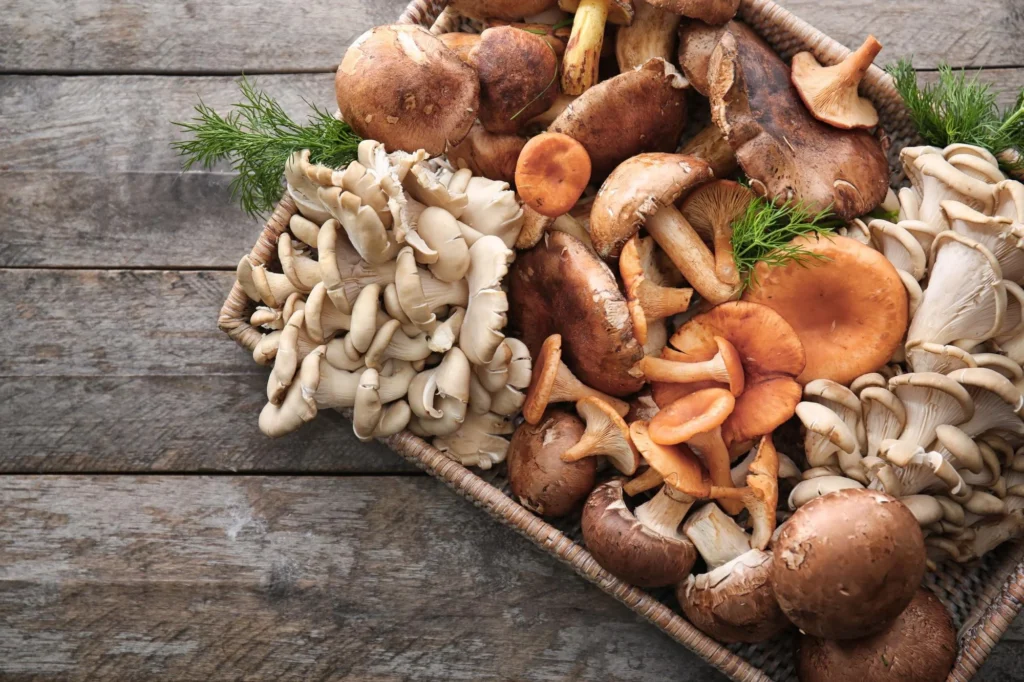
- Food: From edible mushrooms like Shiitake and Portobello to yeast used in bread and beer, fungi are a cornerstone of many diets.
- Medicine: Fungi have given us life-saving antibiotics (e.g., Penicillin) and medicinal mushrooms like Reishi and Lion’s Mane.
- Industry: Used in bioremediation to clean up oil spills and in producing biofuels.
3. Environmental Impact
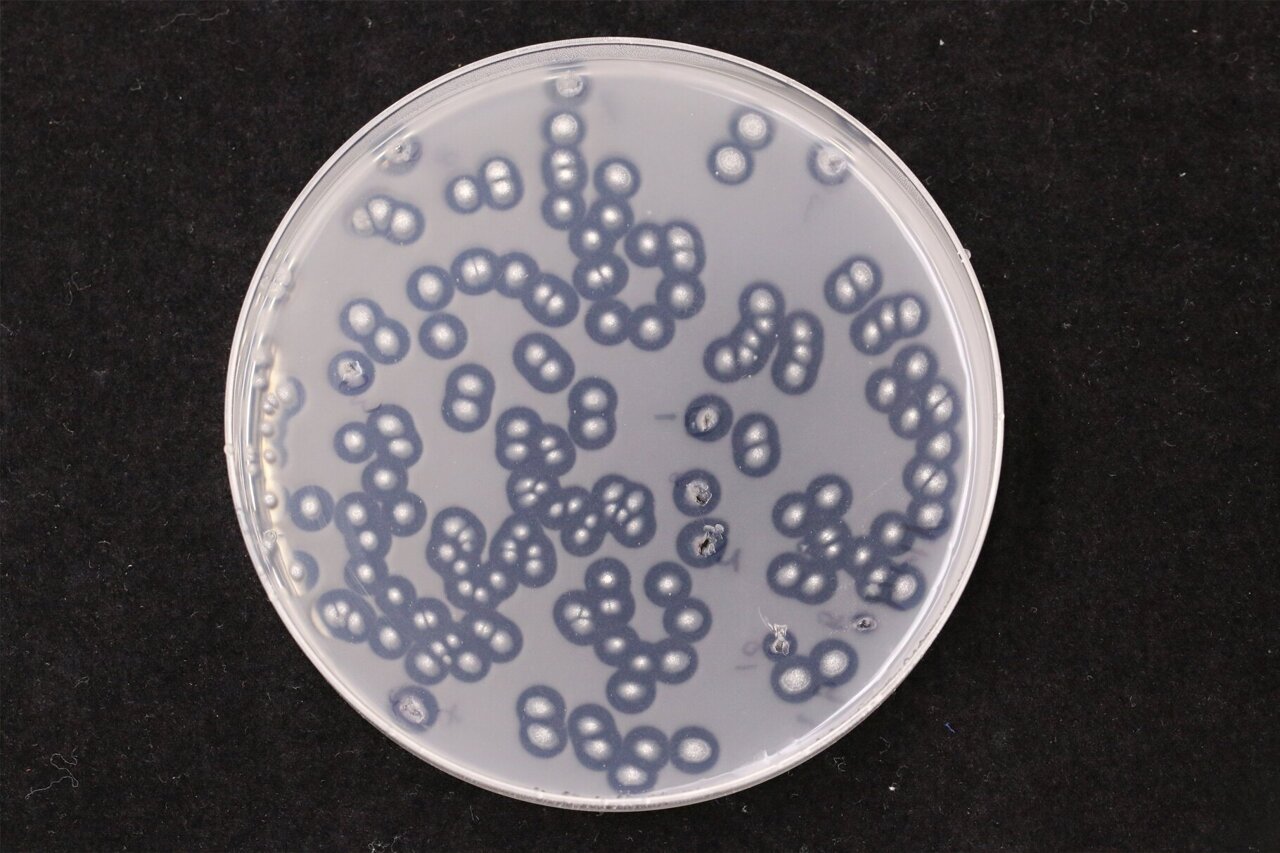
Fungi can degrade plastics and other pollutants, offering potential solutions for waste management and climate change.
How Do Fungi Reproduce?
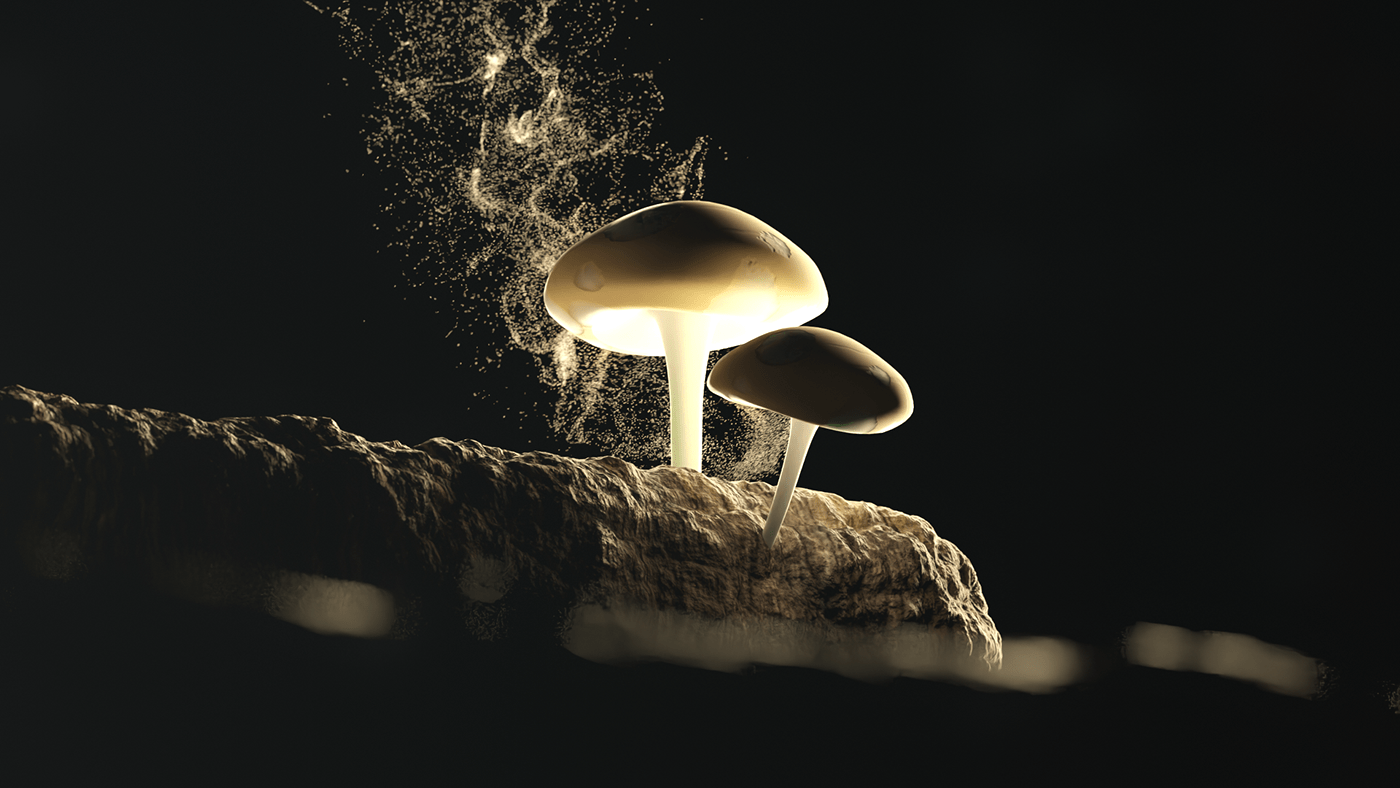
Fungi have complex reproductive strategies that can be asexual, sexual, or both.
- Asexual Reproduction: Through spores, budding (yeasts), or fragmentation.
- Sexual Reproduction: Involves the fusion of two compatible fungal cells to form a new organism.
Spores, which are often produced in large quantities, allow fungi to spread and colonize new environments efficiently.
Common Questions About Fungi
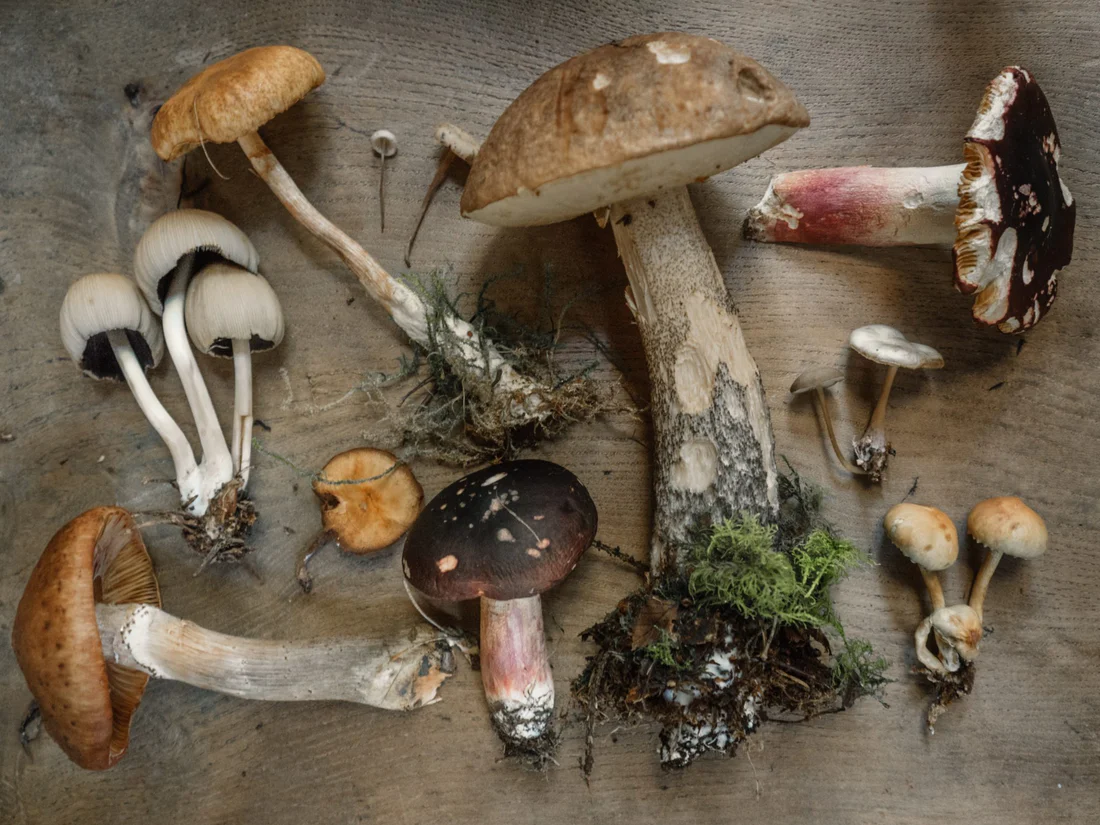
1. Are All Fungi Edible?
No. While many fungi are edible and nutritious, some are highly toxic. Always consult an expert when foraging for wild mushrooms.
2. Why Are Fungi Important in Medicine?
Fungi have given us critical drugs like Penicillin and statins. They are also being studied for their potential in treating neurological disorders.
3. Can Fungi Be Harmful?
Yes, certain fungi cause diseases in humans (e.g., Athlete’s Foot) and plants (e.g., rusts and smuts).
Fun Facts About Fungi

- The largest living organism is a fungus (Armillaria ostoyae) in Oregon, USA, spanning over 3.4 square miles!
- Fungi are closer relatives to humans than plants.
- Some fungi can glow in the dark, a phenomenon known as bioluminescence.
Conclusion
Fungi are not just fascinating organisms—they are vital to life on Earth. Whether you’re interested in their ecological roles, culinary uses, or potential in solving global challenges, fungi deserve recognition for their incredible contributions. Explore the world of fungi further, and you’ll discover how intertwined they are with our lives.

